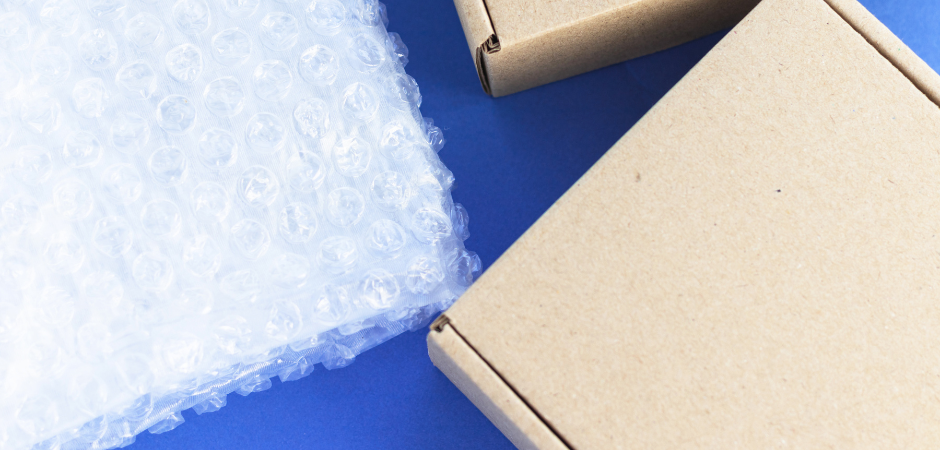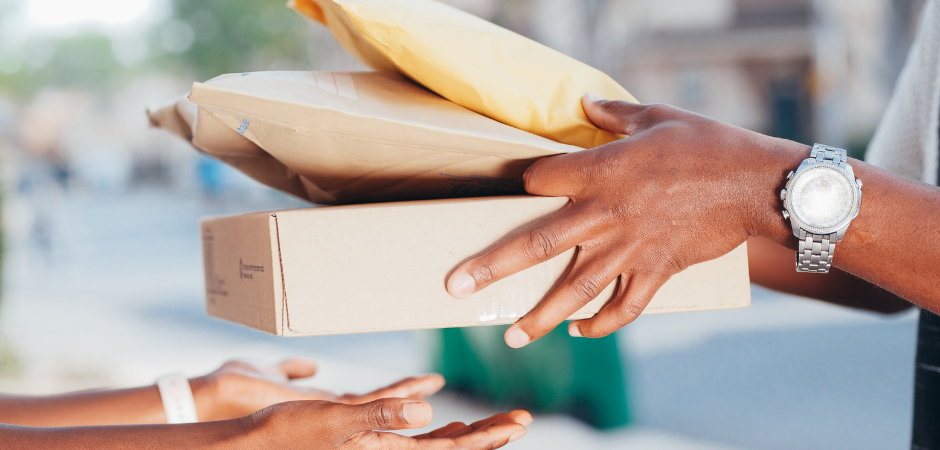In the realm of e-commerce, the safe delivery of products is paramount. Whether you’re a small business owner or a large-scale retailer, ensuring that your items reach customers in perfect condition can make or break your reputation. Proper packaging for transit is crucial in preventing damage, reducing returns, and keeping customers satisfied. In this blog, we’ll explore key strategies and materials—such as bubble wrap, postal boxes, and jiffy envelopes—to protect your shipments during transit.
The Importance of secure packaging
Shipping products safely involves more than just placing them in a box and sending them off. The right packaging can protect items from rough handling, vibrations, and environmental factors. Investing in quality packaging materials and techniques can save money and maintain customer trust.
Key packaging materials for safe transit
Bubble Wrap
Bubble wrap is a versatile and highly effective cushioning material. Its air-filled bubbles provide a protective barrier that absorbs shocks and prevents damage.
Benefits:
Shock absorption: The bubbles cushion the items against impacts during transit.
Flexibility: It can be wrapped around items of various shapes and sizes.
Lightweight: Adds minimal weight to the package, keeping shipping costs low.
Usage tips:
- Wrap fragile items individually to provide maximum protection.
- Use multiple layers for extra cushioning, especially for delicate or valuable items.
- Seal the wrap securely with tape to prevent it from unwrapping during transit.
Postal Boxes
Postal boxes are the standard choice for shipping a wide range of products. They come in various sizes and strengths, suitable for different types of goods.

Benefits:
Durability: High-quality cardboard boxes can withstand rough handling and stacking.
Versatility: Available in different sizes and styles to accommodate various items.
Protection: Can be used with other protective materials like bubble wrap, tissue paper and foam inserts for added security.
Usage tips:
- Choose a box size that closely fits your item to minimise movement inside.
- Use packing peanuts or tissue paper to fill any empty spaces and prevent shifting.
- Reinforce the box with packaging tape, especially along seams and edges, to enhance durability.
Jiffy Envelopes
Jiffy envelopes (also known as padded envelopes) are ideal for shipping smaller, less fragile items that still need some protection.

Benefits:
Padding: Built-in cushioning (usually bubble wrap or foam) protects contents from minor impacts.
Convenience: Easy to use and seal, reducing packing time.
Cost-Effective: Lightweight and affordable, ideal for lower-value items.
Usage Tips:
- Ensure the item fits snugly within the envelope to prevent shifting.
- Seal the envelope securely with its adhesive strip or additional tape for added security.
- Consider adding an extra layer of bubble wrap around particularly delicate items for extra protection.
Best practices for damage-free shipping
- Assess item fragility: Understand the fragility of your item and choose the appropriate packaging materials accordingly.
- Layering: Use multiple layers of protection for highly fragile items. Combine bubble wrap, foam inserts/tissue paper with sturdy postal boxes for the best results.
- Fill empty spaces: Prevent movement by filling empty spaces with packing peanuts, crumpled tissue paper, or air pillows.
- Reinforce: Always reinforce your package with strong packing tape, focusing on seams and edges.
- Labeling: Clearly label packages containing fragile items with “Fragile” or “Handle with Care” tape or stickers to alert handlers.
Conclusion
Proper packaging for transit is essential for protecting your products and maintaining customer satisfaction. By using materials like bubble wrap, postal boxes, and jiffy envelopes, and following best practices, you can significantly reduce the risk of damage during shipping. Investing time and resources into your packaging strategy not only safeguards your products but also enhances your brand’s reputation for reliability and quality.
Start implementing these strategies today to ensure your shipments arrive safely and securely, keeping your customers happy and your business thriving.


